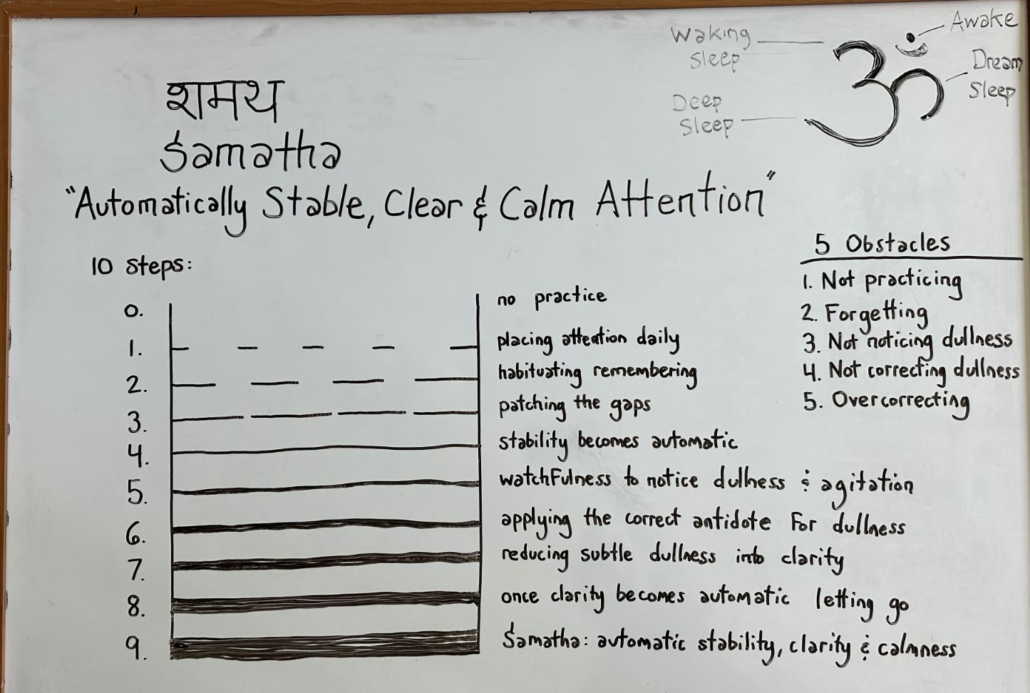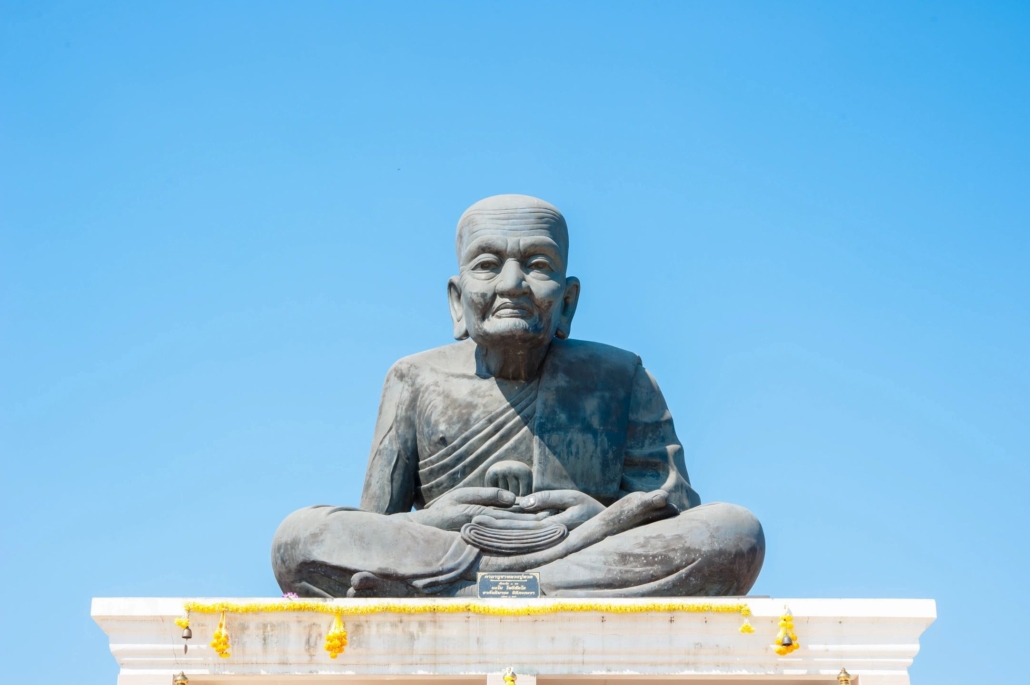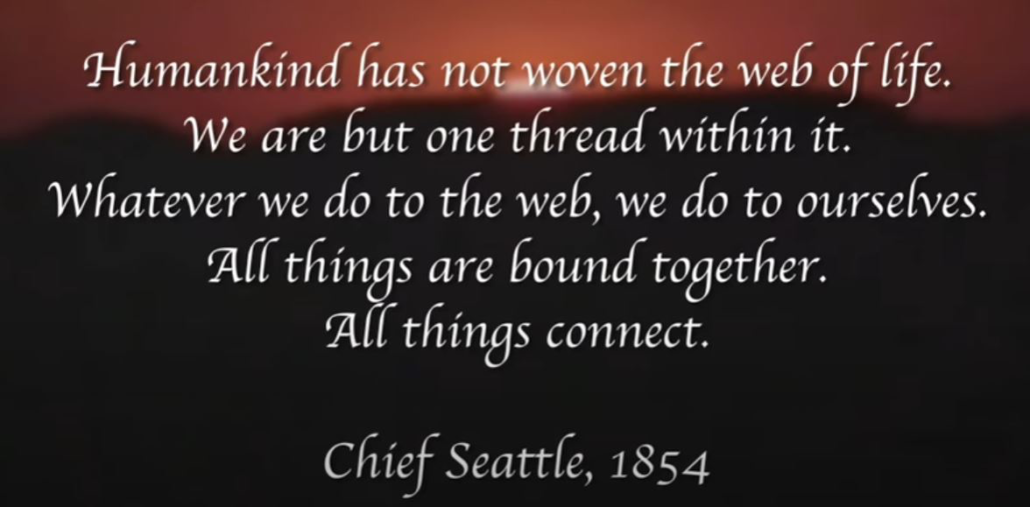We read the words of a Lakota Elder on the sensibilities of traditional First People: the gifts of SILENCE:
We Indians know about silence.
We aren’t afraid of it.
In fact, to us it is more powerful than words.
Our elders were schooled in the ways of silence, and they passed that along to us. Watch, listen, and then act, they told us.
This is the way to live. Watch the animals to see how they care for their young.
Watch the elders to see how they behave….Always watch first, with a still heart and mind, then you will learn.
When you have watched enough, then you can act.”
Charles Eastman – Ohiyesa, later in life Charles Eastman–Ohiyesa–states in The Soul of an Indian: “…
silence-the sign of perfect equilibrium.
Silence is the absolute balance of body, mind, and spirit.
The man who preserves his self hood ever calm and unshaken by the storms of existence…
is the ideal attitude and conduct of life. What are the fruits of silence?
They are self-control, true courage or endurance, patience, dignity, and reverence. Silence is the corner-stone of character.”
We also read the works of JOSEPH MARSHALL
Returning To The Lakota Way Through Silence
Go within to conquer fear.
As the old woman Gray Grass told her grandson, we humans are born with inherent fears. Fear of falling and of loud noises are obvious, but there is also the fear of darkness and death. Then there are the myriad fears depending on our individual circumstances: loneliness, poverty, powerlessness, bias, racism, hunger, pain, illness, obscurity, flying, and so on and so on. Strangely, compared to all of these there is less to fear in silence, yet we fear it as well. Like Gray Grass, I believe, however, that silence is the way or the key to understanding everything else we may fear.
Most of us grow accustomed to loud noises and understand that they can be useful as alerts to conditions around us. Likewise we probably realize that fear of falling is an inherent and significant survival instinct that serves us throughout life, especially as we grow older and more fragile. Fear of darkness is as old as our race, originating in our atavistic past when we realized every day and night that we were not the fastest or strongest physical being in our environment. Even as the predators we were then, we were nonetheless prey for bigger and faster predators, and many of those predators came for us out of the darkness.
Silence is a different matter. Even if we do not actively fear it, most of us, I believe, do not see it as useful in any way. Yet it can be a powerful ally against the trials and tribulations of our daily lives. If nothing else it can be a port in a storm, the calm eye of the hurricane, and otherwise a temporary respite from stress and care. For me starting a morning in quiet contemplation reminds me there is peace in the world.
Furthermore, silence enables me to delve into issues and questions that too often are sidelined or obfuscated by the noise of daily routine—such as death. It is in silence that I can contemplate, examine, and analyze any issue or question without fear of unreasonable response or ridicule, and where I can listen again to the voices of wisdom from the elders who live in my memories. It is in silence that I can reach my own conclusions. It is in that silence that I have thought of death, and I have realized that all of my grandparents (and their generation of Lakota people) were right.
Death is the ultimate truth. It says it will come one day and it does not waver from that truth. Once we accept that truth, it is then possible to truly live life without an unreasonable fear of it. All of my grandparents died as they had lived. When their time came, they slipped into the next
world with quiet dignity. Part of their ability to make that final transition from life to death was due, I firmly believe, to the fact that none of them were ever strangers to silence. In that silence they contemplated, examined, and relived the situations, issues, and events in their lives, not to mention people—especially family.
.
They also took the opportunity to affirm or alter the basic values, realities, and beliefs they were taught and learned along the way. When used in this way, silence is a strength and an enabler. It is entirely possible that silence is unexplored territory for some of us; perhaps many of us. Perhaps it is the undiscovered country for the generations who were born and grew up in the age of ever-changing technology. There is the very real possibility that silence—or the luxury of knowing it—will be their greatest loss, and perhaps their downfall
I am not declaring that I grew up in a world devoid of noise, not at all. On the prairies of the northern part of the Rosebud Sioux Indian Reservation, there was an endless variety of sounds—wind, breezes, birds, animals, insects, thunder. And the noise level ranged from the soft buzz of a hummingbird to the thunder’s earth-shaking boom. But there was also the absence of sound, the prolonged and profound periods of silence. In that world it is logical to me that we returning to the Lakota way all have a voice, at least to announce that we are here, that we exist and are part of it all.
In the technological and artificial realm, that logic does not work for me. Everything in the technological realm makes some kind of noise, from coffee pressers and pots to jumbo jets. In the constant cacophony, silence, it seems, does not have a snowball’s chance in hell of making its presence known.
Yet silence is here. It is measurable in those milliseconds between the beeps, blasts, whistles, and blares our technology generates. And the amazing fact is that we humans have the power to push the off switch. Or we can separate ourselves from the noise by going within. Whether or not we choose to do either is the issue.
Growing up, it was not that I found all sounds offensive or intrusive; I understood that they were part of my environment. It was, rather, that I found silence to be comforting and peaceful. These days, it is that sense of comfort and that feeling of peace that I seek often. To find it, it is necessary to hit the off switch and remind myself that as wonderful and helpful as technology is, I can still control it within the confines of my home and office. In other words, I have the power to enable silence.






